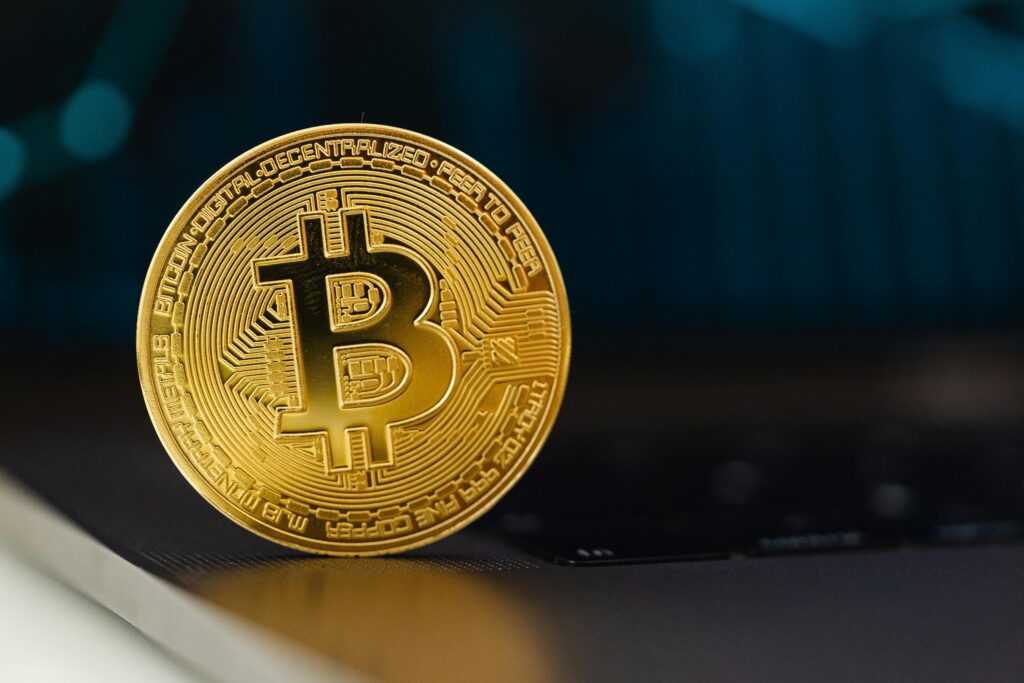





TPG Consulting is all about driving business outcomes with people you can trust.
Outcome-Driven Solutions Aligned with Your Aspirations
Operating in today’s complex economy brings a host of challenges. Navigating regulatory, operational, and financial intricacies can create uncertainty and disrupt business momentum. At TPG Consulting, we focus on delivering measurable outcomes that drive your success. By combining deep industry knowledge with integrated capabilities, we ensure strategy and solutions are tailored to achieve your specific goals. From streamlining operations to creating long-term value, our approach ensures consistent quality and lasting impact. With TPG Consulting by your side, you can confidently embrace the future and achieve the outcomes that matter most to you.
© 2025 All Rights Reserved. Cookie Policy | Terms of Use | Privacy Policy